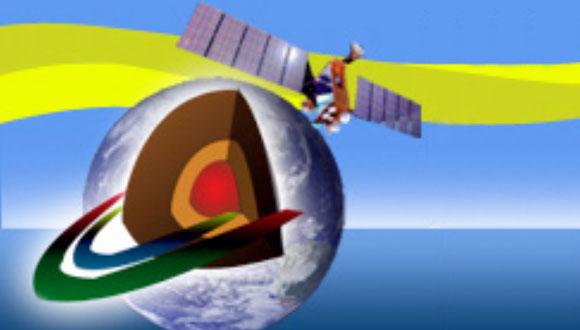קולוקוויום בחוג לגאופיזיקה: Yield and shear of rough faults: observations, theory and experimental results
Amir Sagy, GSI
Zoom: https://zoom.us/j/97839169890?pwd=WVJUM0FsQ05KZHYyZFBXL2VtZGNhUT09
Abstract:
In geophysics, the most commonly used friction law is Byerlee’s (1978), which in fact arguing that peak friction is largely independent of fracture geometry under high tectonic stresses. Even if we accept this postulation, we cannot ignore the mechanical processes associated with the modification of the original roughness profile during consequent slip events as these processes must influence energy dissipation and the total energy budget associated with fault slip. The presence of gouge and cataclasite zones in natural faults indicates that the fault surface itself evolves through wear production. In each slip event wear is generated and the initial geometry of the slip surface is continuously modified, a process that has been referred to as roughness evolution.
We examine the nucleation of deformation and the evolution of shear in interlocked surfaces using a closed-form analytical solution and a series of laboratory experiments. The analytical model considers an interlocked interface with multiscale roughness between two linear elastic half-space blocks. The interface geometry is based on three-dimensional fault surfaces imaging. It is represented by a Fourier series and the plane strain solution for the elastic stress distribution is represented as a sum of the constant background stress generated by a uniform far-field loading and perturbations associated with the interface roughness. The model predicts the critical stress necessary for failure and the location of failure nucleation sites across the surface, as function of the initial surface geometry.
A similar configuration is adopted in laboratory experiments as carbonate blocks with rough interlocked surfaces generated by tensional fracturing are sheared in a servo-controlled direct shear apparatus. Resistance to shear and surface roughness evolution are measured under variable normal stresses, slip distances and slip rates. We find that the evolution of surface morphology with shear is closely related to the loading configuration. Initially rough, interlocked, surfaces become rougher when normal stress and displacement rate are increased. Under a fixed, relatively low normal stress and fixed displacement rate however, the surfaces become smoother with increasing displacement distance.
מארגני האירוע: ד"ר רועי ברקן וד"ר אסף ענבל


